The first official Air Force Marathon was run September 20, 1997, to commemorate the 50th anniversary of the United States Air Force. Held annually the third Saturday in September, the 27th edition of the marathon is scheduled for September 16, 2023.
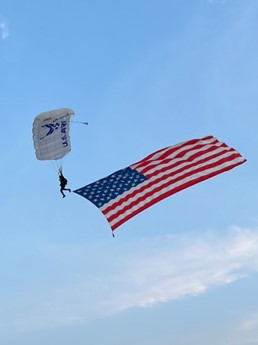
The 26.2-mile course travels along historical places on Wright-Patterson Air Force Base, including the National Museum of the United States Air Force, the Air Force Institute of Technology, Air Force Material Command Headquarters, the Wright-Patterson AFB flight line, Huffman Prairie Flying Field, and the Wright Brothers Memorial Monument. There are several different levels of participation besides the full marathon. They include the half marathon, marathon relay, 10K, 5K, “Fly! Fight! Win!” Challenge Series, and Tailwind Trot 1K kids’ run.
To commemorate the rich history of the U.S. Air Force, each year one aircraft is chosen to be highlighted during the marathon and on the unique finisher’s medal and participation patch presented to each race participant.
The Air Force Marathon course is certified by the USA Track and Field Association and is a Boston Marathon qualifier. The half marathon, 10K, and 5K courses are also certified by the USA Track and Field Association.
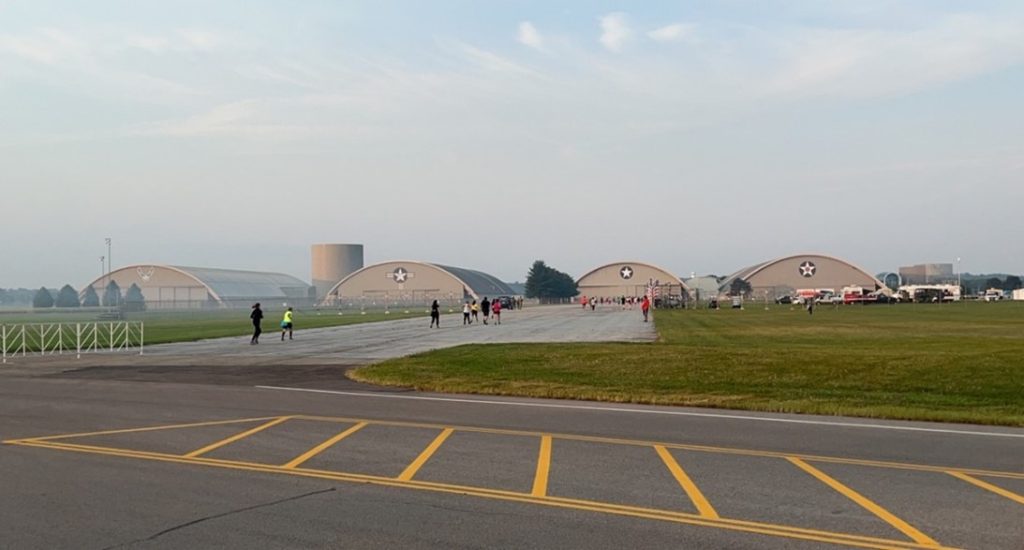
Ham radio provides several services for this large event. The most important is that we create networks to provide communications between hydration stations, medical stations, and the Incident Command post. We also station an operator in the security trailer, which is the backup Incident Command post. The hydration stations are part of the logistics or “LOG” net. The operators supply race status information to the captains, report race leader information, relay reports of “runner down” and other medical problems, and help with other logistic issues. The medical tents are part of the medical net. The hams provide status information to the medical leaders, report the need for advanced medical care to Incident Command, provide a backup to the medical logistics communications, and provide backup to the medical dispatch communications. Reports of runners needing transportation back to the finish area are also made to the net control.
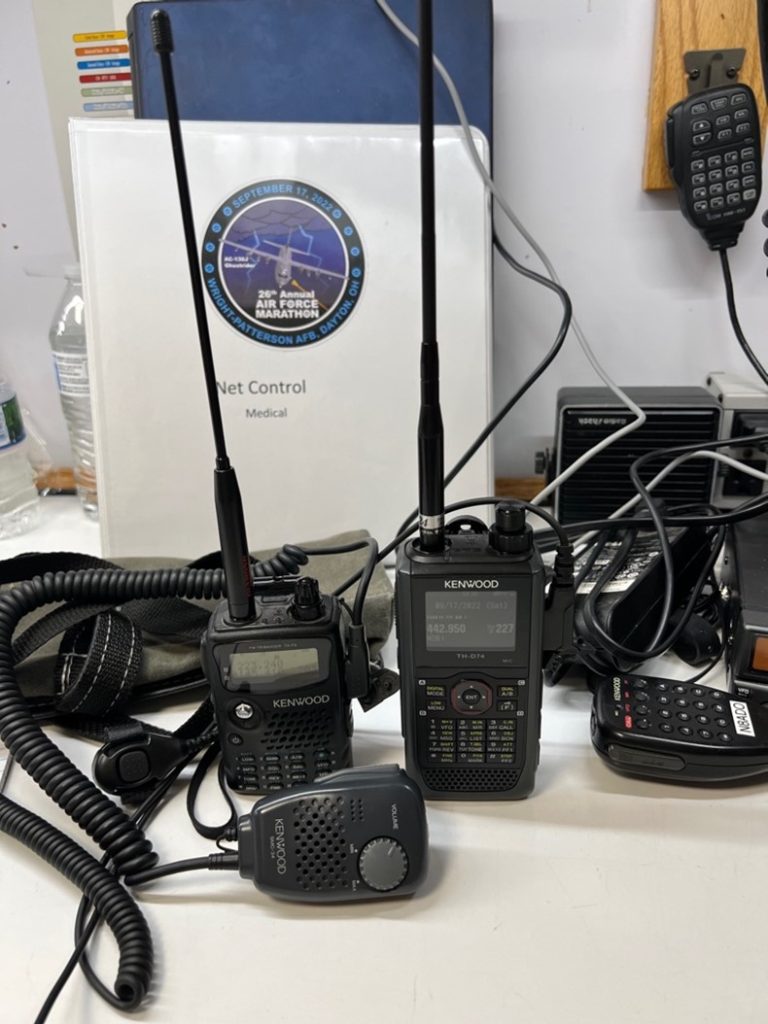
Amateur radio support operates several other networks in addition to the common operations. One of these networks is talk-in, which helps direct the ham volunteers to their assigned location and to resolve issues with base security. We also operate a finish line net to funnel race progress information to the announcer, including the approach of the race leaders. The hams in the finish area act as spotters, keeping an eye on the runners. The net changes into a medical support net if there is an incident. Finally, we have several hams whose vehicles are equipped with APRS equipment and follow the “Tail End Charlie” of each race, so it is quick and easy to determine the location of the end runners for the full and half marathons. We also equip bicycle escorts with tracking devices so that we can determine the locations of the lead runners in the various races. The hams in the Incident Command locations have the ability to display the APRS information, which the command staff puts to good use.
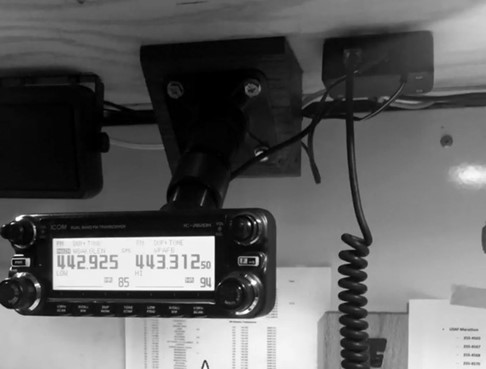
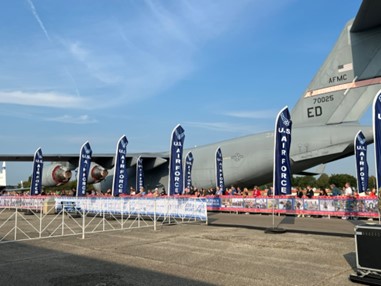
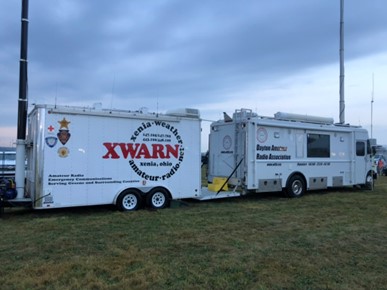
Questions? Share them in the comments below or email me at KE8FMJ@gmail.com.

